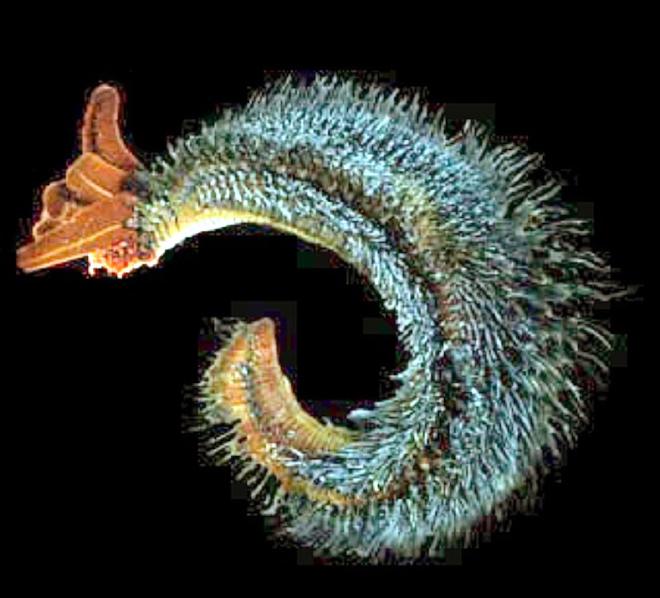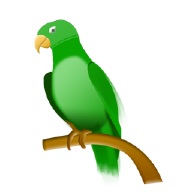
Traditionally, biomedical research has focused on the use of conventional model organisms such as the mice and fruit flies for advancing our understanding of health and disease. However, of late, wild animals that live in the harshest places on the planet and thrive in extreme environmental conditions are garnering the attention of biomedical researchers. “Over the course of evolution, these animals have developed remarkable traits that could be of help for many health problems existing today,” says Dr. Yvon Le Maho, a Senior Researcher at the University of Strasbourg. However, biomedical investigations involving these wild animals have been few and far between.

With the goal of exploring the challenges that limit the use of wild animals in biomimetics and biomedical innovations, Dr. Le Maho of the Hubert Curien Pluridisciplinary Institute at the University of Strasbourg, along with Fabrice Bertile from the same institute and Aurélie Tasiemski from the University of Lille at the Pasteur Institute of Lille, Philippe Bulet from the University Grenoble Alpes, and Plateform BioPark of Archamps conducted a thorough review of different fieldwork involving wild animals from a biomedical perspective. The study was published online in Science in One Health on November 27, 2024. “We reviewed four research works that, at least at one stage, had requested the conduction of intensive fieldwork and were well documented. These four examples were connected to wild animals residing in completely distinct environments, ranging from aquatic to aerial life,” explains Dr. Le Maho.
One of the four studies reviewed focused on Alvinella pompejana, a deep-sea worm that inhabits regions near hydrothermal vents exposed to high pressure and temperature. These worms produce an antimicrobial peptide (AMP) called Alvinellacin, which effectively targets drug-resistant gram-negative bacteria, offering a promising solution against antibiotic-resistant infections even when conventional antibiotics are not suitable.
Muscle loss #
Bears in hibernation and their slow metabolism offered another intriguing perspective. Despite being inactive and fasting for several long months, bears tend to retain their muscular power due to specific proteins and signaling pathways that prevent muscle loss. Studies have demonstrated that serum of hibernating bears can make human muscle cells grow faster.
Eye infections - Cystic fibrosis #
King penguins possess an interesting trait. For weeks during breeding when they do not eat, these birds retain food that is not strictly digested in their stomach, which is possible due to the production of antimicrobial peptides that defend them from foodborne germs. Such insights offer strategies to combat infections even in extremely saline conditions, like eye infections and cystic fibrosis, where antibiotics are generally poorly efficient.
While these findings are significant, there are very limited studies exploring such perspectives, primarily due to the lack of sufficient funding and limitations in fieldwork.
Discussing these limitations, Dr. Le Maho said that “disturbance to wildlife and limited species-specific expertise were found to create roadblocks in fieldwork. The need of the hour is to focus on technological advancements for data collection and also interdisciplinary training to overcome these challenges.” Regulatory, ethical, and logistical hurdles faced by fieldwork being conducted in extreme and remote areas, including compliance with the Nagoya Protocol on genetic resources is yet another challenge. Navigating through this requires securing ethical approvals with collaboration with local experts.
-
The paper Fieldwork on animals living in extreme conditions as a source of biomedical innovation was published in Science in One Health. Authors: Yvon Le Maho, Aurélie Tasiemski, Fabrice Bertile & Philippe Bulet.
-
Funding and acknowledgements: For the penguin antimicrobial peptide, PB, FB and YLM are funded by the project ANR ANTARBioTic (grant number ANR-22-CE18-0036) and FB by the project ANTARBIOTIC (IMSMedalis). For the bear molecules to fight muscle diseases, FB is funded by the projects ANR B-STRONG (grant number ANR-22-CE14-0018) and the project Bear2Man CNES (French Space Agency). For the antimicrobial molecules of deep-sea worms, AT is funded by the Université de Lille, the Total Foundation-Ifremer (PIONEER project) and the SATT Nord projet RedAMP.

